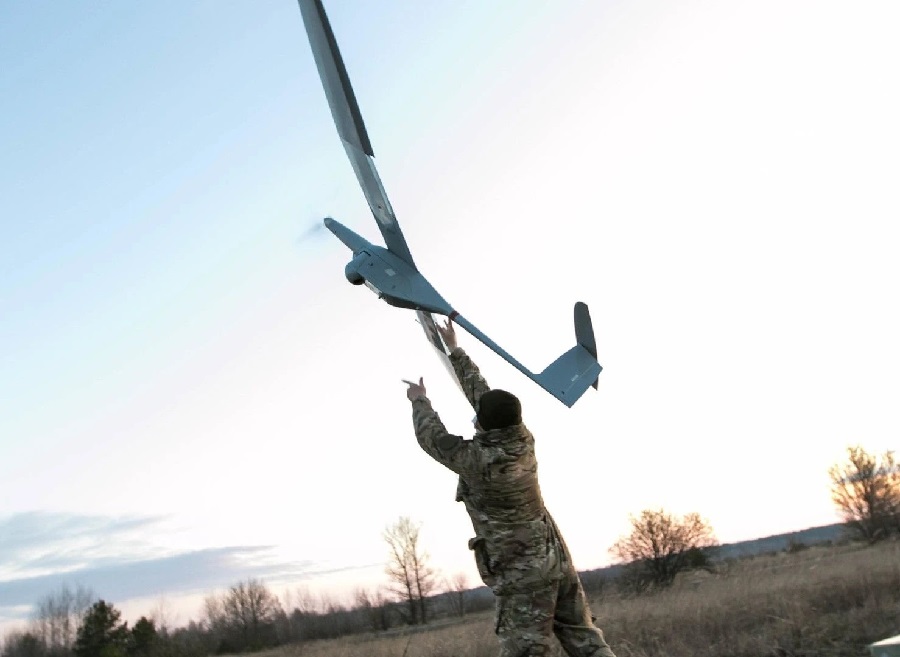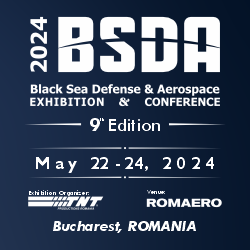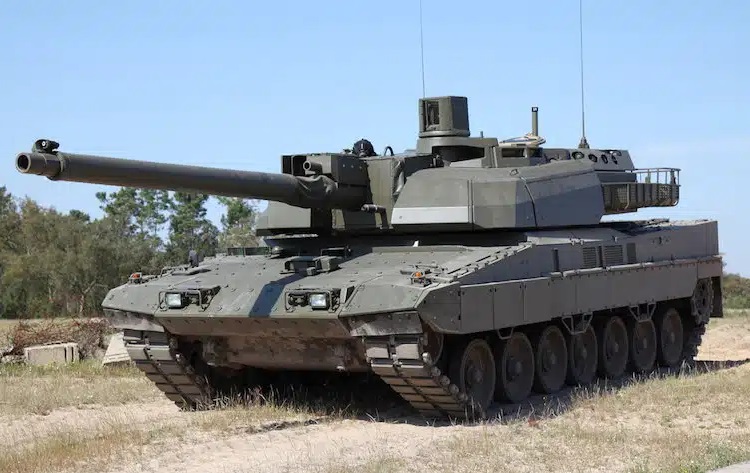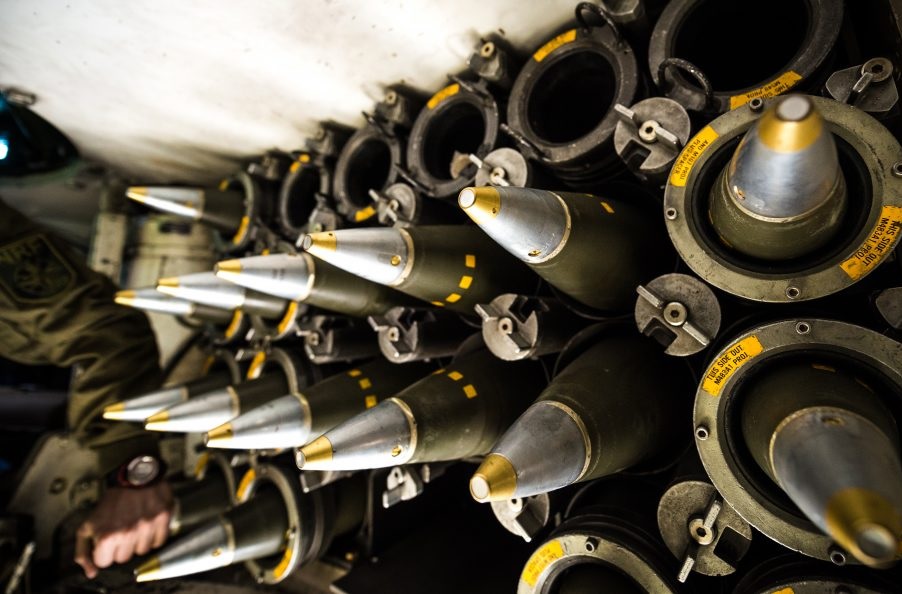INTRODUCTION
We cannot ignore or underestimate any more the increasingly important role that drones play in contemporary wars. The argument for which the usage of drones is dramatically changing historically deep-rooted war dynamics and allowing for quick military takeovers by those who more largely recur to these technologies still does not find a general consensus. However, the fact that their use is surging and having an impact on the conduct of modern warfare is undisputable.
UAVs’ (unmanned aerial vehicles) development is said to be “one of the fastest-changing trends in history, comparable perhaps only to the spread of personal computers or mobile phones”. Moreover, there is a possibility that fleets of drones deployed for military purposes will substantially increase in the foreseeable future. The US has gone from having just a handful of drones at the beginning of the 2000s to an inventory of more than 10,000 just 15 years later. Expectedly other Western powerhouses are following the USA’s lead. Developing and low-GDP countries are also increasing their drone stocks since, as stated by one of the most influential US military analysts, Michael Kofman, “Drones will offer to also small countries cheap access to tactical aviation and precision-guided weapons, allowing them to destroy the enemy’s much more expensive equipments”.
The analysis aimed at assessing the multi-faced impact of UAVs on military conflicts, especially given their extensive usage in the War in Ukraine and the rapid development of these technologies, is, therefore, of the uttermost importance today.
CLASSIFICATION AND USAGE OF MILITARY DRONES
Firstly, UAVs can be differentiated into fully weaponized and commercial drones. While the former are employed either to deliver missile strikes or conduct Kamikaze attacks; the latter result pivotal in intelligence data collection and reconnaissance activities beyond the enemy lines. This paper will in large part focus on the former type, but it is undeniable that also the extensive use of commercial drones has an impact on the conduct of modern wars. This of course depends on them efficiently providing additional situation awareness on the battleground (Kallberg, 2022) thus thinning out the fog of war.
Another sub-distinction within weaponized drones is between large and more expensive types used as a form of capability projecting air power, primarily utilized and popularized by US counterterrorism operations in the Middle East, in contrast to cheaper, smaller drones employed as a single-use ammunition tool, often as kamikaze and loitering munitions.
While the former proved more consequential in air operations conducted in uncontested spaces during asymmetric conflicts, the latter, in their less sensational role, have been more extensively utilized and resulted more effective during the war in Ukraine
These various kinds of drones, as blatantly showcased in the Ukrainian conflict, can all be used in conjunction as part of a coherent strategy. In an age where war is becoming increasingly multidimensional, indeed, the use of different drones is carried out in multiple areas of conflict.Firstly, symbolic and psychological warfare, like it has been done with the Ukrainian strikes on the Kremlin aimed at undermining the Russian perception of invulnerability at home. Secondly, propaganda warfare, through for instance the recording of videos lionizing military victories. Thirdly, reconnaissance on the battleground focused on spotting enemy positions and orientate artillery fire. Lastly, more traditional strikes on military targets like enemy’s strategic infrastructure, or military equipment like thanks or mortars.
USE OF DRONES IN THE UKRAINIAN WAR
Drones have been utilised in military confrontations long before the outburst of the current war in Ukraine. Conflicts in Vietnam, Kosovo, Afghanistan, Iraq, Crimea, and Libya, all bore witness to their usage while the 2020 Nagorno-Karabakh war was deemed as the first conflict in modern history that was entirely won through the massive use of UAVs.
The ongoing conflict in Ukraine, however, has been the first recorded high-intensity war where both sides have extensively deployed military and commercial drones for daily military purposes. The effectiveness of drones in the Ukraine war is yet another stepping stone for the trend that has been taking shape in recent years related to the incremental use of drones in military operations. Both sides acknowledge the economic, political and tactical advantages that using low-cost unmanned drones both at air, land and sea, entail. For the Ukrainians, drones are most likely seen as military tools enabling them to compensate at meagre cost for the almost complete lack of a regular military navy and air force. Even more importantly, long into what has by now become an asymmetrical war of attrition, using drones allows the Ukrainians to safeguard their most important resource: human military personnel.
Analogously, for political reasons related to the stability of the internal regime the Russian Federation has the imperative to limit human casualties and costs. Moreover, even if Russia could deploy more extensively its air power, in an age where defensive and anti-aerial systems are increasingly cost-effective and efficient, in the eyes of the Kremlin the use of UCAV (unmanned combat aerial vehicle) is an efficacious way to achieve military goals while avoiding the shooting down of multi-million military aircraft. Moreover, also the unnecessary death of hundreds, if not thousands, of pilots that takes years to train can be avoided. In other words, the loss of even a few UCAVs results in much less financial, political, and emotional pain when compared to the loss of expensive aircraft and their pilots.
UKRAINIAN USE OF DRONES
From the inception of the war, UAVs have enabled Ukraine to disrupt Russian supply lines and disable its air defence systems proving to be a pivotal tool in stopping the first Russian offensive and inflicting hefty damages on its mechanized armoured army.
Especially in this first phase of the war the Ukrainian use of the more technologically sophisticated drones available, like the highly performative Turkish-made Bayraktar TB2, able to deliver long-range firepower, proved to be a game-changer. The TB2s played a crucial role in destroying hundreds of Russian tanks, armoured vehicles, and military trucks, which were slowly progressing towards Kyiv in long queues, while being also used to strike and sink the Russian cruiser Moskva, the flagship of the Black Sea Fleet of enormous tactical and symbolic importance. It is worth noting, however, that the majority of drones used by Ukrainian forces were not advanced models like the TB2 but rather drones originally designed for commercial purposes and thus largely available, cheap and not requiring months of training to be used effectively. These smaller commercial drones were then modified to carry explosives like grenades, guide artillery or just for reconnaissance operations. Furthermore, kamikaze drones have also been employed to attack military installations in Ukrainian occupied territory and more recently deployed for in-depth strikes on Russian territory, reaching Moscow’s financial centre and the Kremlin.
Lastly, as a way to make up for the lack of more traditional naval power, over the last month the Ukrainian military has also extensively recurred to drone boats – which can operate both underwater and on the water surface – to strike on the Black Sea Russian Fleet stationed in Sevastopol. These attacks successfully destroyed the landing ship Minsk, the submarine Rostov on Don, and substantially damaged a Russian facility in the region tasked with building drone boats. The use of kamikaze drone boats, especially with the growing military tensions in the Black sea following the end of the Grain Deal, has been so fruitful that Germany recently agreed to send fifty more of such drones to the Ukrainians.
RUSSIAN USE OF DRONES
Having witnessed the devastating impact of Ukrainian drones on Russian military forces and being aware of its weaknesses in the field of unmanned technology (Eslami, 2022) Russia re-adapted its tactics over the course of the war, putting into place defence measures – New units of Mi-28N attack helicopters were recently deployed with the explicit aim of hunting down Ukrainian Kamikaze drones, ramping up internal production of nationally produced drones like Eleron-3, Orlan-10, and Zala KYB drones, as well as purchasing large number of drones from abroad, mainly the Iranian long-range and relatively cheap Shahed-136 Kamikaze.
Arguably, the lingering goal of Russia when it comes to the massive use of loitering drones is to deteriorate Ukrainian defences and make the war economically unsustainable for its adversaries in the long run. While roughly 80% of Russian drones are shot down, indeed, the continued attacks with Shahed drones, costing on average twenty thousand US dollars each, are draining Ukrainian resources. This is due to Ukrainian air defence missiles costing up to millions per unit. Furthermore, one could argue that the Russians are striving to exhaust Ukrainians of their most effective anti-aircraft missile batteries on relatively cheap drones, in order to later start employing their aviation more extensively and get uncontested aerial control over the battlefield. Lastly, using these low-cost drones allowed the Russians to wipe out a substantial number of the costly military equipment delivered by Western countries to Ukraine like the HIMARS, the howitzer cannons, or the Leopard and Abrams tanks
CONCLUSION
The war in Ukraine, a conflict of attrition resembling the First World War, primarily fought in the trenches, has taught the world that technological advancement is not necessarily followed by a radical revolution of military doctrines and completely changed war dynamics. Consequently, we might expect that also the widespread diffusion of Drones and their military usage will not change the ingrained nature of war or allow the main drone powers to become military dominant in every conflict they actively take part in. However, it is a process that needs to be studied and assessed thoroughly in the years to come. As displayed by the war in Ukraine, where both the Ukrainian and Russian militaries employ various kinds of drones on the battlefield, these technologies are becoming an essential component of war. Their usage can only be expected to increase in the future and the several European countries committed to provide military support to the Ukrainian war effort should focus more on providing such comparatively cheap technologies to Kiev. After months of Ukrainian offensive which, to date, was clearly unable to bring about significant results, the willingness of these states to allocate billions in military support for Ukraine is progressively faltering. Focusing on providing UAVs may, therefore, be the most cost-effective solution, and an EU coordinated effort to realize that is the most fruitful way to proceed.
This article was originally published on the website of the Finabel (European Army Interoperability Centre).





























